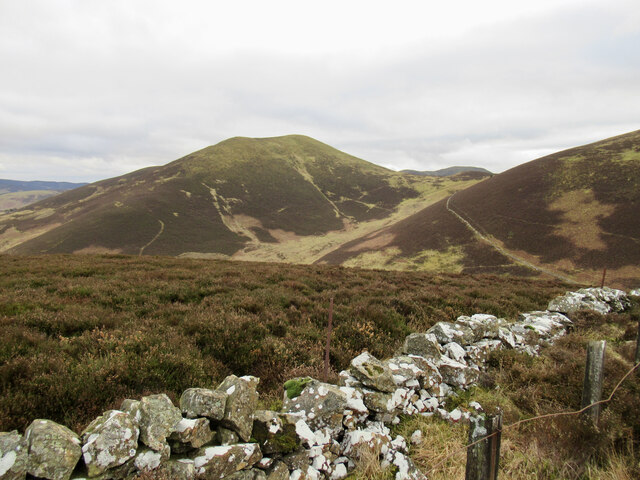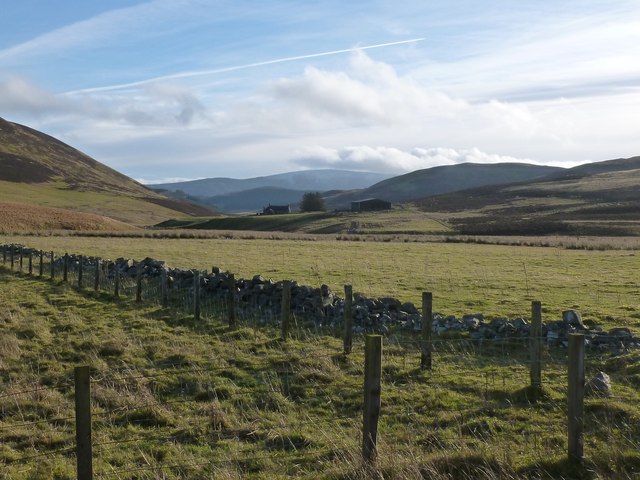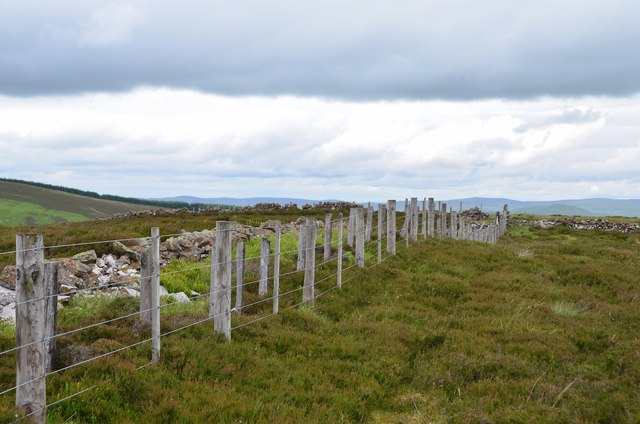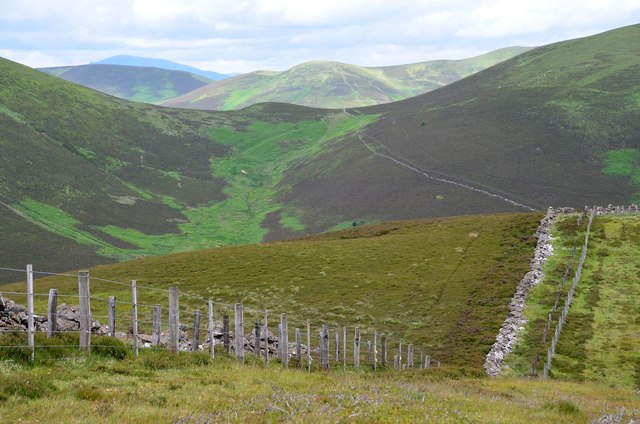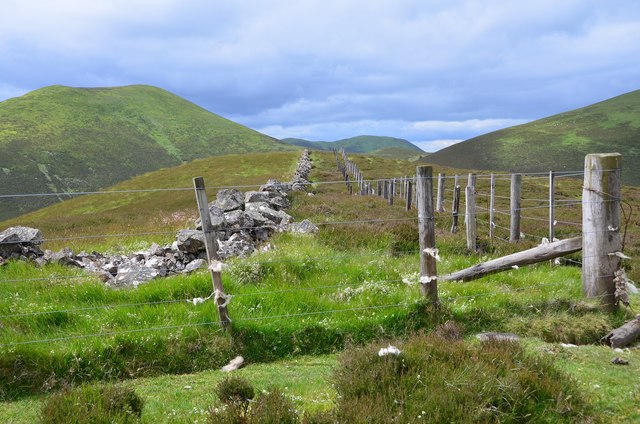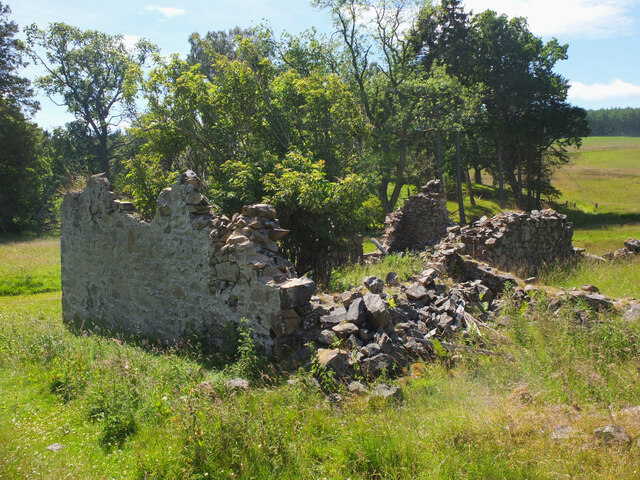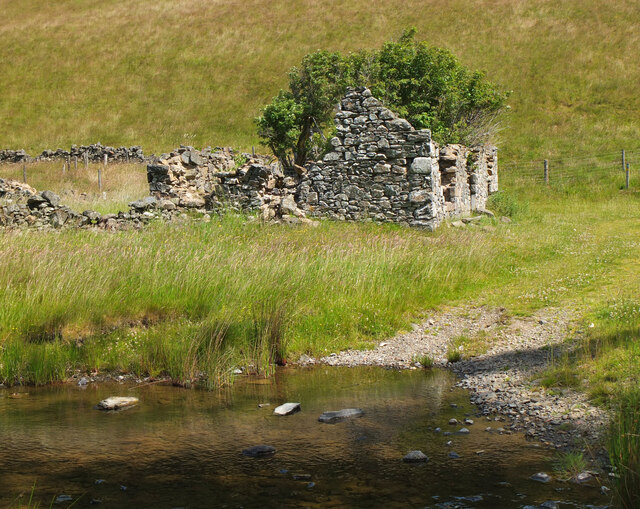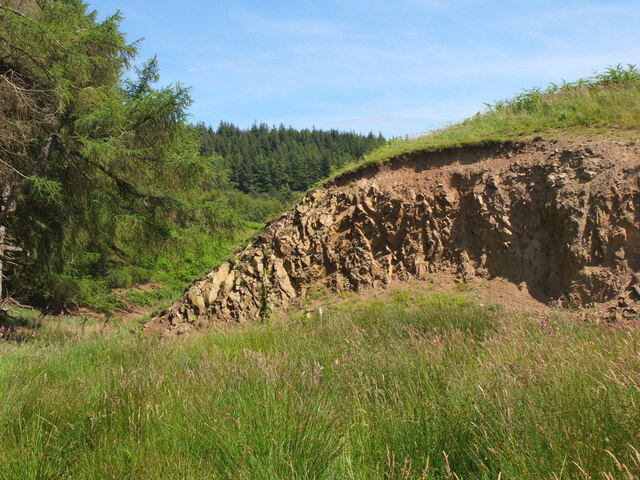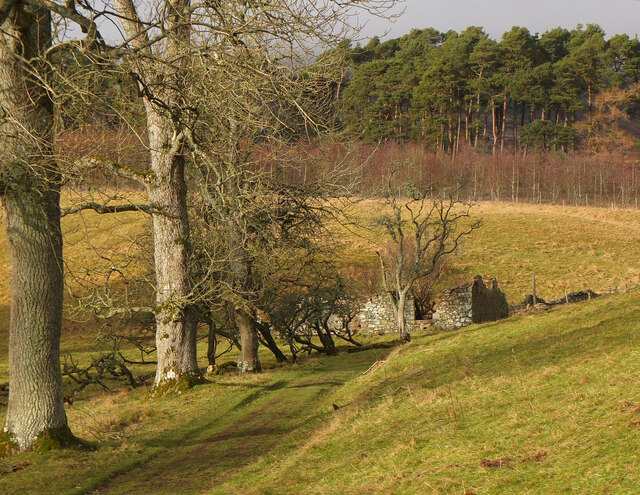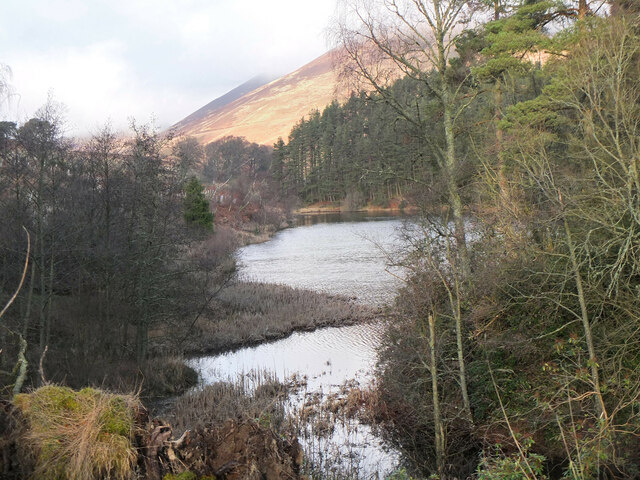Mid Hill
Hill, Mountain in Peeblesshire
Scotland
Mid Hill
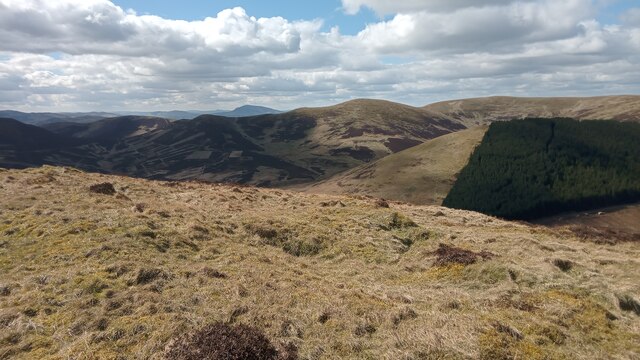
Mid Hill is a prominent hill located in Peeblesshire, Scotland. Standing at an elevation of 476 meters (1,562 feet), it offers stunning views of the surrounding countryside and is a popular destination for hikers and nature enthusiasts.
The hill is characterized by its gently rolling slopes and lush green vegetation, making it an ideal spot for leisurely walks and picnics. On a clear day, visitors can see as far as the Pentland Hills to the north and the Southern Uplands to the south.
Mid Hill is home to a variety of wildlife, including red deer, rabbits, and a wide range of bird species. The hill is also rich in flora, with heather, gorse, and a variety of wildflowers dotting the landscape.
In addition to its natural beauty, Mid Hill is also steeped in history, with several ancient ruins and burial sites scattered across its slopes. Archaeological evidence suggests that the hill has been inhabited since prehistoric times, adding to its allure for history buffs and amateur archaeologists.
Overall, Mid Hill is a must-visit destination for those looking to experience the natural beauty and rich history of Peeblesshire.
If you have any feedback on the listing, please let us know in the comments section below.
Mid Hill Images
Images are sourced within 2km of 55.638826/-3.3490561 or Grid Reference NT1539. Thanks to Geograph Open Source API. All images are credited.

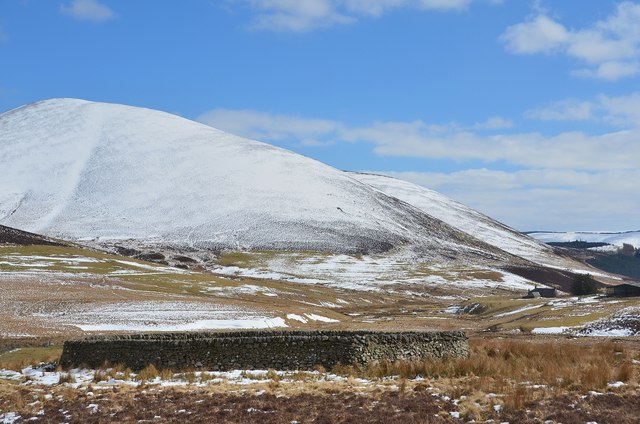
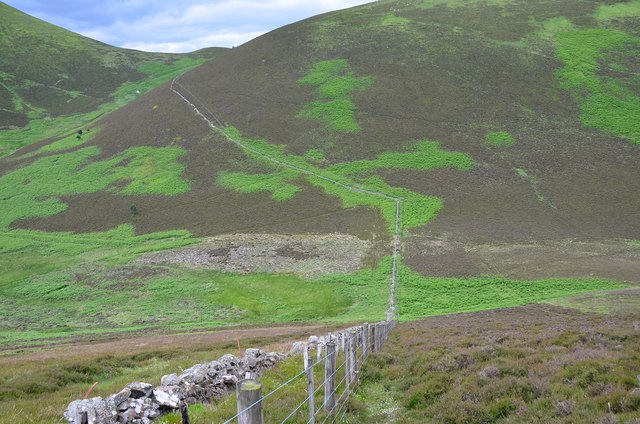
Mid Hill is located at Grid Ref: NT1539 (Lat: 55.638826, Lng: -3.3490561)
Unitary Authority: The Scottish Borders
Police Authority: The Lothians and Scottish Borders
What 3 Words
///diplomas.slippery.certified. Near Peebles, Scottish Borders
Nearby Locations
Related Wikis
Upper Tweeddale National Scenic Area
The Upper Tweeddale National Scenic Area lies in the Borders region of Scotland. It is one of 40 national scenic areas (NSA) in Scotland, which are defined...
Stobo Castle
Stobo Castle is located at Stobo in the Scottish Borders, in the former county of Peeblesshire. The Manor of Stobo was originally owned by the Balfour...
Stobo Kirk
Stobo Kirk is an ancient church of the Church of Scotland. It is dedicated to St Mungo and is situated near the B712 off the A72 just 6 miles south-west...
Dreva on Tweed
Dreva on Tweed (or simply Dreva) is a hamlet in the Scottish Borders. It was historically in Peebles-shire. It is noted for the historical presence of...
Nearby Amenities
Located within 500m of 55.638826,-3.3490561Have you been to Mid Hill?
Leave your review of Mid Hill below (or comments, questions and feedback).
